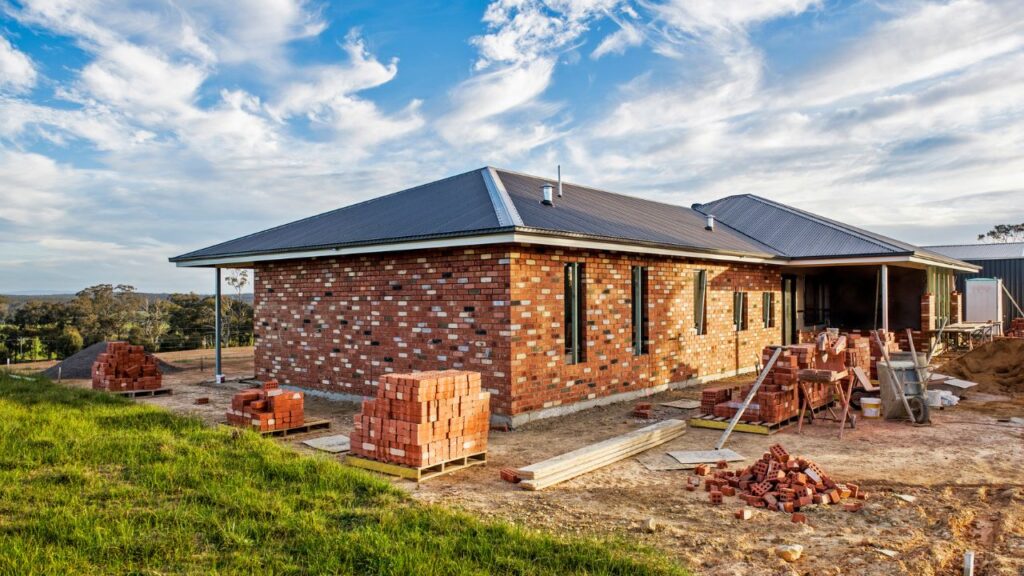[ad_1]
According to new analysis from KPMG Australia, renovation spending has surged by 6.5 per cent over the past five years, while new private residential construction has dropped by 14 per cent when adjusted for inflation.
KPMG Urban Economist Terry Rawnsley said there are shifting dynamics in the construction sector.
“For every nail hammered and brick laid in residential construction 40 per cent of it is going into renovating a pre-existing home,” Mr Rawnsley said.
Inner-city and coastal locations are experiencing the highest levels of renovation activity, with property values in these areas making substantial upgrades financially viable.
In New South Wales, renovation spending exceeded new dwelling construction during 2022-23, with coastal areas like Northern Beaches and Sutherland Shire leading the charge.
Victoria has emerged as the leader in one-for-one replacements, where existing homes are demolished and replaced with single new dwellings, accounting for 12.6 per cent of new residential construction.

The shift toward renovations and one-for-one replacements is affecting housing supply, with new private residential construction reaching its lowest per capita level since 1987-88.
“This indicates that there is not enough money and resources being attracted to expanding the housing stock,” Mr Rawnsley said.
However, things are different in Western Australia, with a decline in renovations since 2019-20 while new building activity has steadily increased.
“There is simply a lot more space in Perth to build new housing in desirable locations,” Mr Rawnsley said.

KPMG’s analysis found that current planning may need adjustment to encourage increased housing density rather than maintaining the preference for one-for-one replacements.
“Homeowners are absolutely entitled to renovate their homes to add value to their investment and to ensure existing housing stock is maintained,” Mr Rawnsley said.
“However, shifting some of the labour and materials away from renovations and one-for-one replacements towards the construction of new housing stock can help to relieve current housing shortages.”
[ad_2]
Source link

